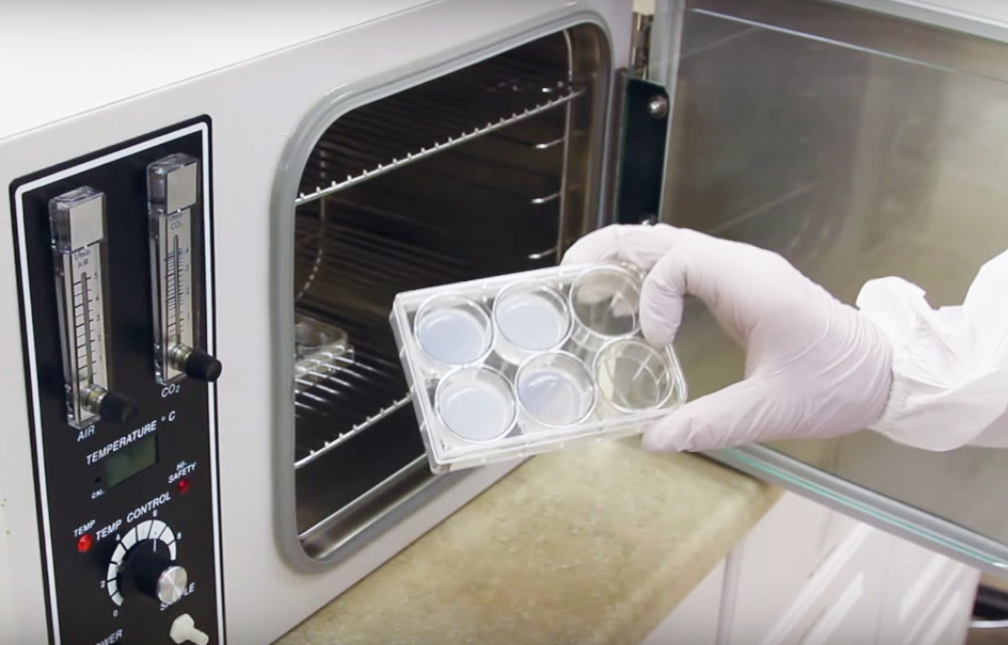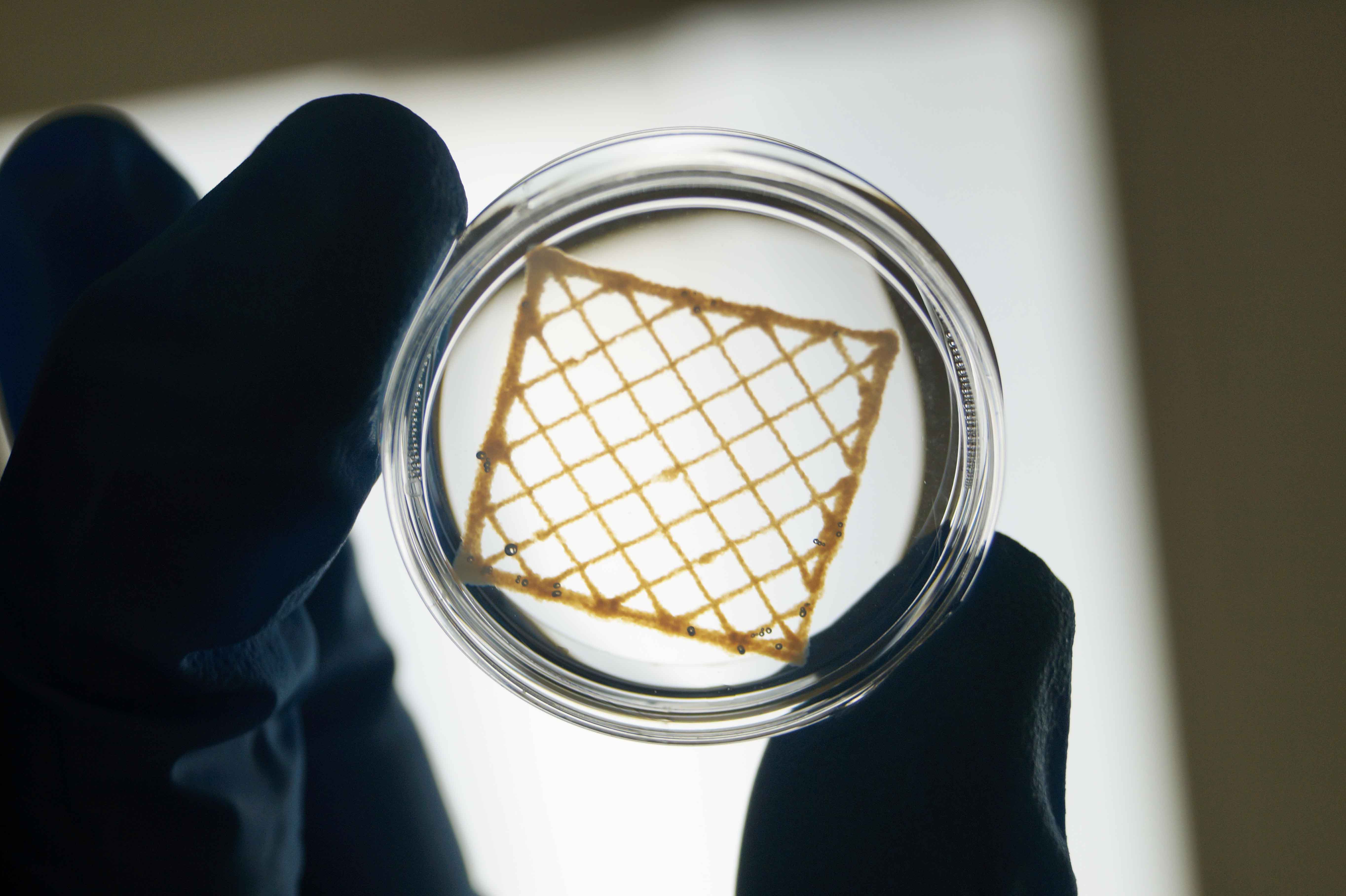26 Assays Using PureCol Collagen
01/26/23
Collagen is the most abundant protein in the body and is thus the most widely used ECM protein in research across hundreds of various assays.
PureCol® Type I Collagen is the most popular collagen product, being 3 mg/ml of type I atelocollagen (>99.9% pure), and is the product referenced in each of the assays below. Other ABM Collagen products may be substituted in these assays if different mechanical properties of the collagen are desired (ie. use Telocollagen for stiffer hydrogels to evaluate changes in migration related to stiffness). Descriptions of some of the assays are found below the chart.
|
Assay Title |
Reference |
|
Boyden Chamber |
|
|
Spheroid Invasion |
|
|
Single Cell Motility |
|
|
Cell Viability |
|
|
Aortic Ring |
|
|
3D Chemotaxis |
|
|
Cell Line Generation |
|
|
Collagen Migration |
|
|
Cell Proliferation |
|
|
Air-Liquid Interface |
|
|
Gel Contraction |
|
|
3D Migration |
|
|
Tumor-On-Chip 3D Motility |
|
|
In Vitro Granuloma Models |
|
|
Injectable Gels |
|
|
3D Cytotoxicity co-culture |
|
|
Invasion |
|
|
CRT (Calreticulin) |
|
|
Cell Binding |
|
|
Melanoma Spheroid Invasion |
|
|
Stiffness |
|
|
LH Enzymatic Activity |
|
|
In Vitro 3D Cyst |
|
|
Scratch/Wound Healing |
|
|
Tube Formation |
|
|
Permeability |
Boyden Chamber Assay: This assay is a two chamber assay, often used for migration studies to screen for the invasiveness of cancer cells. Medium and/or chemoattractants are often used.
Cell Viability Assay: This assay simply provides answers to the number of live, healthy cells. This can be performed on a 2D collagen coated surface, or in a 3D hydrogel environment.
Air-Liquid Interface: This assay, often referred to as ALI models, utilizes in exposing cells to media on one side, and air on the other. The side exposed to air forms an epithelium. For skin models, fibroblasts are embedded within 3D hydrogels to form a dermis, followed by culture (and ALI) of epithelial cells on top to form the epidermis.
Injectable Gels: While not an assay, collagen is often used as a cell, drug, or growth factor delivery vehicle. The temperature dependent gelation characteristics of collagen allow for the material to be injected in a solution form, followed by thermal gelation in the host.
Stiffness: The stiffness of the matrix environment plays a key role in cell morphology, migration, differentiation, and countless other effects. Utilizing various collagens (10 mg/ml telocollagen vs 3 mg/ml atelocollagen) allows for the creation of hydrogels of a broad range of stiffness.


Reach out to a customer service representative to talk more about your assay and find the material that will work best for you.



